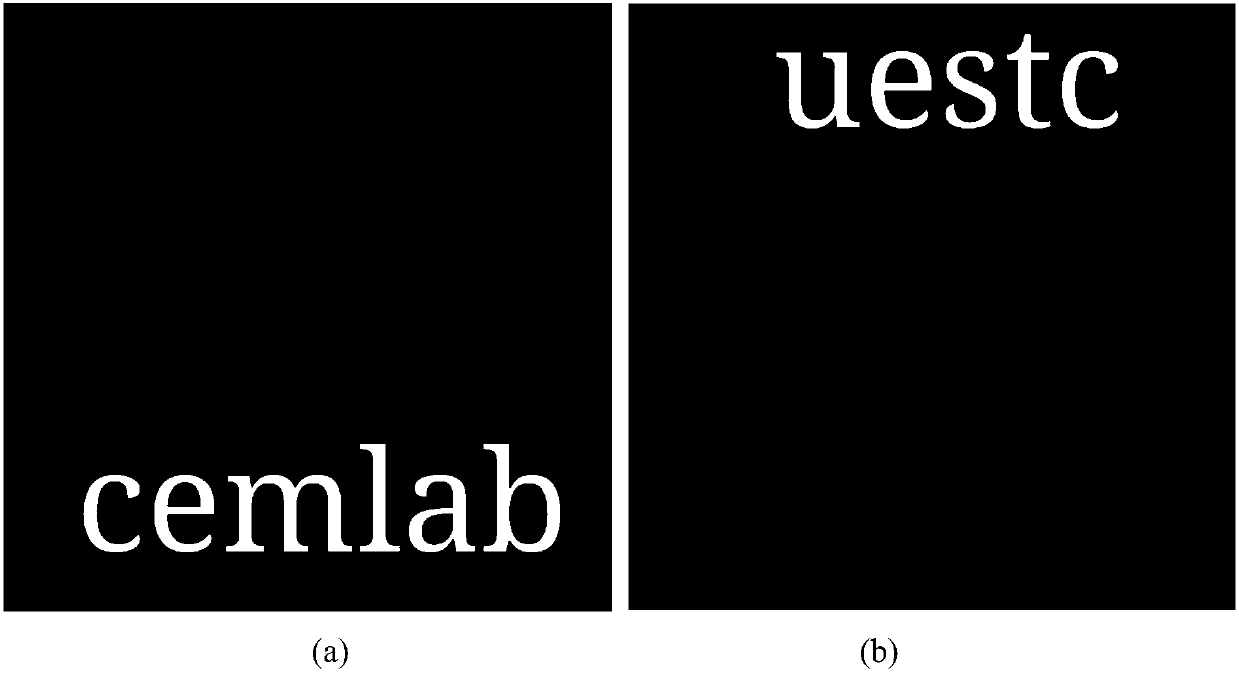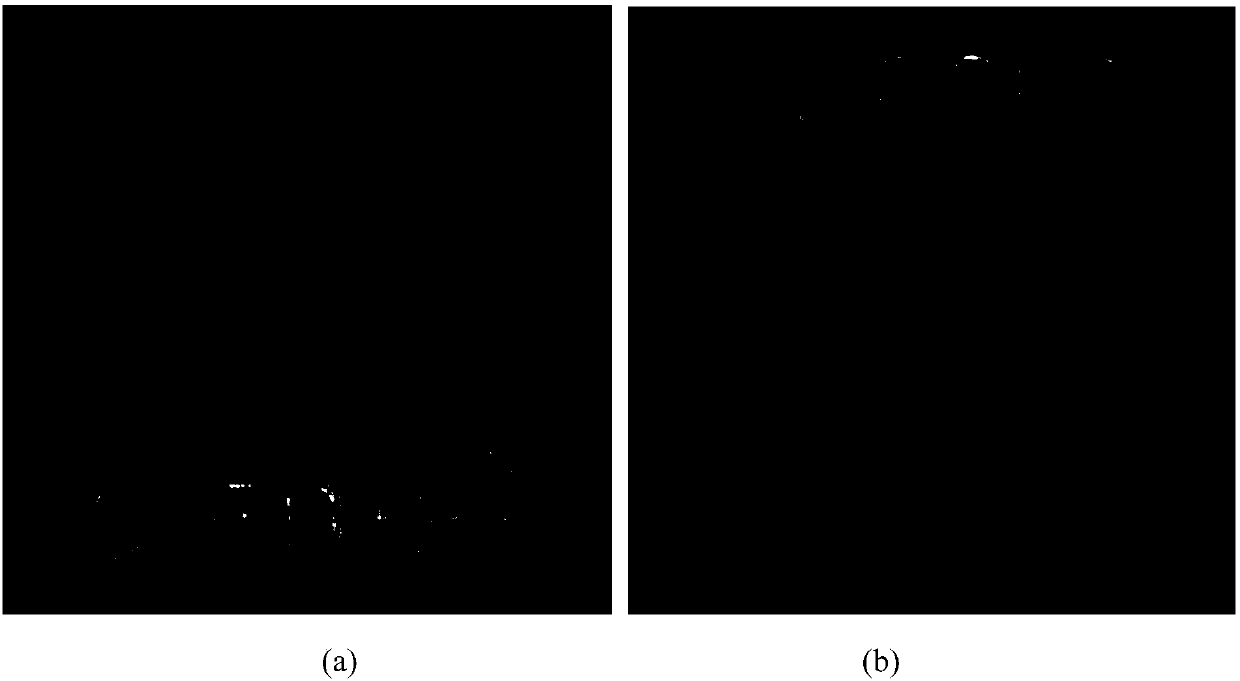Method for eliminating random encrypted optical scanning holography defocus noise
A defocus noise and random encryption technology, applied in optics, optical components, and key distribution, can solve the problems of rough image edges, large defocus noise, and low timeliness, achieve good axial resolution, and eliminate defocus Noise, ease of operation
- Summary
- Abstract
- Description
- Claims
- Application Information
AI Technical Summary
Problems solved by technology
Method used
Image
Examples
Embodiment
[0060] The basic structure adopted by the embodiment of the present invention is as figure 1 As shown, the wavelength λ=632.8nm of the He-Ne laser Laser, the focal lengths of the two convex lenses (L1, L2) are both 75mm, and the distance from the scanning mirror to the double-layer slice is z 1 =30mm,z 2 =30.1mm, objects such as figure 2 As shown, the slice size of the object is 2mm×2mm, and the sampling pixels are 512×512.
[0061] The concrete steps of the embodiment of the present invention are as follows:
[0062] Step 1. The laser is emitted by the laser and split by the first polarizing beam splitter BS1. One beam of light is reflected by the first plane mirror M1 and passes through the first pupil; the other beam of light passes through the acousto-optic modulator AOFS and passes through the second plane mirror M2 After reflection, it passes through the second pupil; the first pupil is a random phase plate, and the second pupil is a rectangular 1 function;
[0063]...
PUM
 Login to View More
Login to View More Abstract
Description
Claims
Application Information
 Login to View More
Login to View More - R&D
- Intellectual Property
- Life Sciences
- Materials
- Tech Scout
- Unparalleled Data Quality
- Higher Quality Content
- 60% Fewer Hallucinations
Browse by: Latest US Patents, China's latest patents, Technical Efficacy Thesaurus, Application Domain, Technology Topic, Popular Technical Reports.
© 2025 PatSnap. All rights reserved.Legal|Privacy policy|Modern Slavery Act Transparency Statement|Sitemap|About US| Contact US: help@patsnap.com



